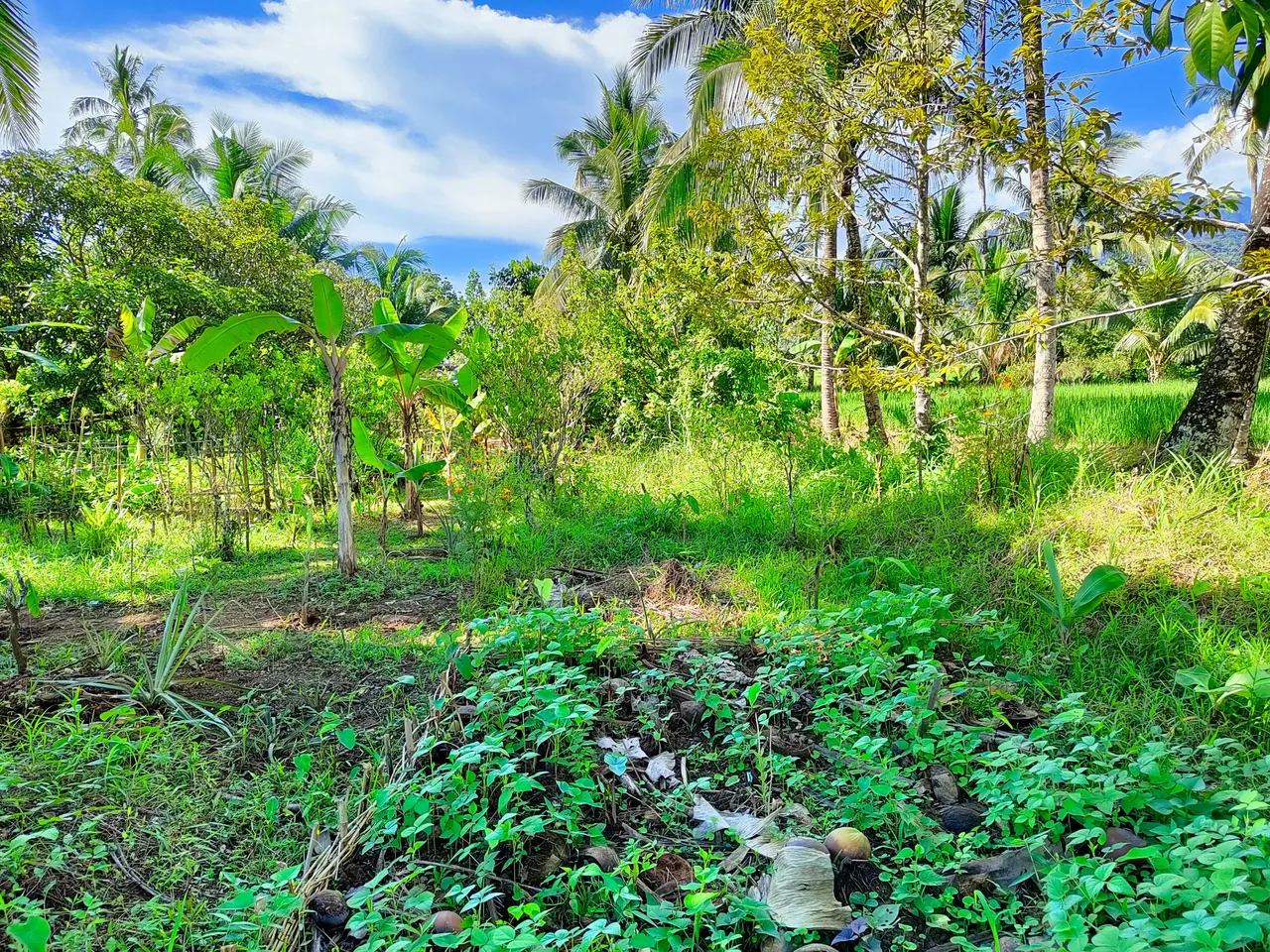
I've always had this sense of responsibility to do what I can to help fix the world and help make this a better place to live. — Mustafa Ali
Growing More Nitrogen-Fixing Plants in the Food Forest
I just added more NFTs!
It was only in 2021 that I had the opportunity.
I sacrificed my career and let everything go. In January of that year, I finally returned to my hometown and moved in my house after spending five years in the city working as an IT professional.
The home quarantine was so limiting and was so boring, but the protocols were strict, so I took the opportunity to get my hands on NFTs. I had to ask for help especially from my grandma, she was very helpful that time.
2021 Home Quarantine
The property where I lived in was thickly covered with weeds and was low-lying, so whenever it rained the water would temporarily flood over.
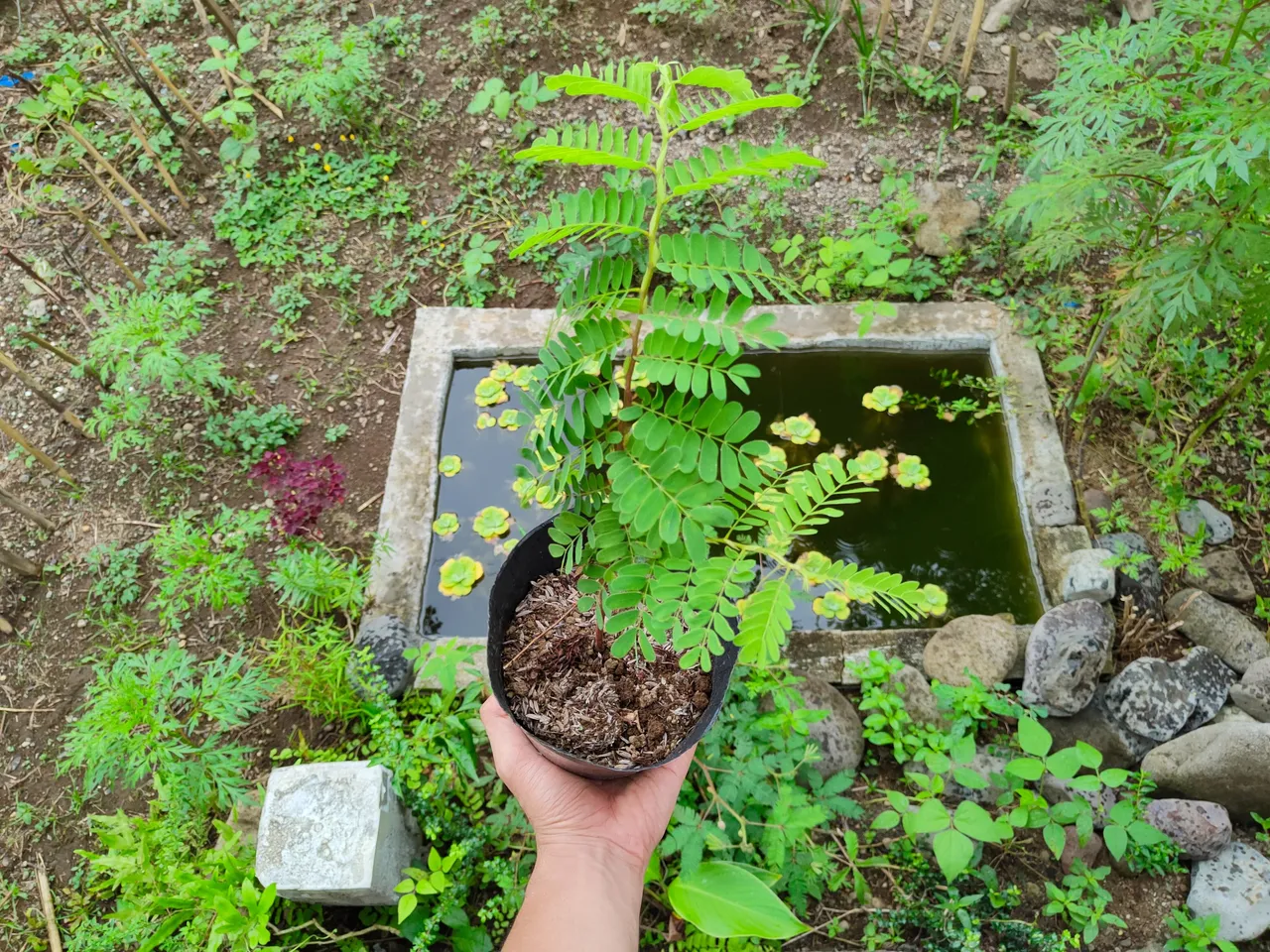
I thought of where to get soil to fill the yard, but I realized that I could just make a small pond and to make use of the excavated soil. It was enough to just elevate the yard and it was pleasing versus the muddy view when I arrived.
When I finished the pond, I bought ornamental fishes and some water plants. I did want to get swordtails but my contacts stopped selling ornamental fishes, so I had to look for another breeder.
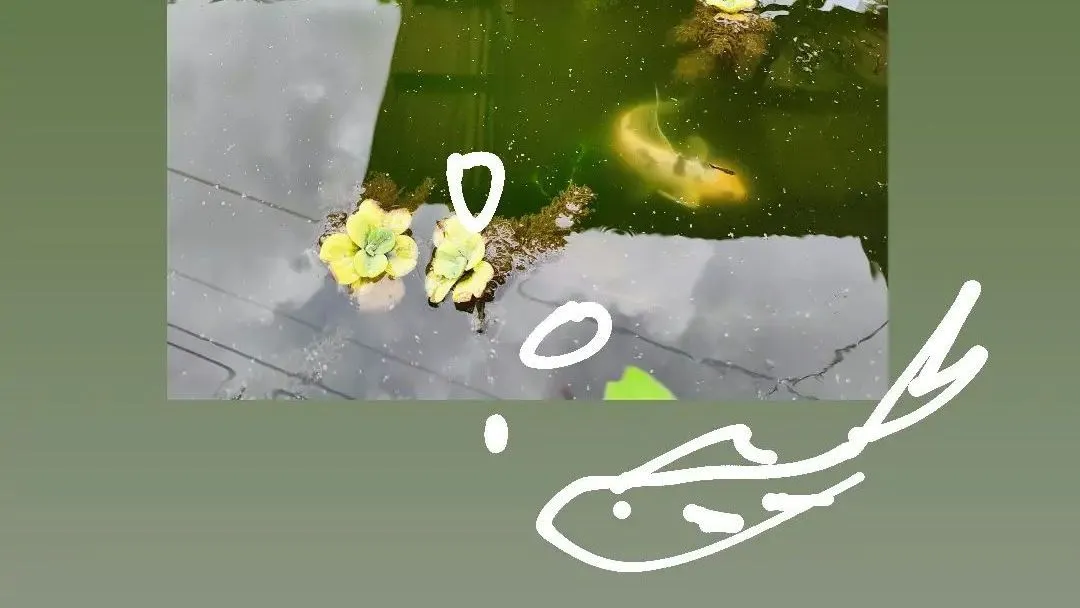
I found an old friend, but he only had a few ones ready for sale, a Shubunkin Koi and others were mixed breed guppies.
The next thing really was I starting a home garden.
Along the border of the property in the front yard, I started growing strawberries, onion, garlic, corn, and grapes. I also transplanted a native guava tree I uprooted from where I was initially quarantined for a week before the home quarantine.
Then I planted my first Nitrogen-Fixing Trees!
My grandma gave me the Moringa branches she cut off from her own home garden. A few months later, I had to start working in the academia, so I left my house and moved in at our main house to be closer.
Another Gardening Opportunity
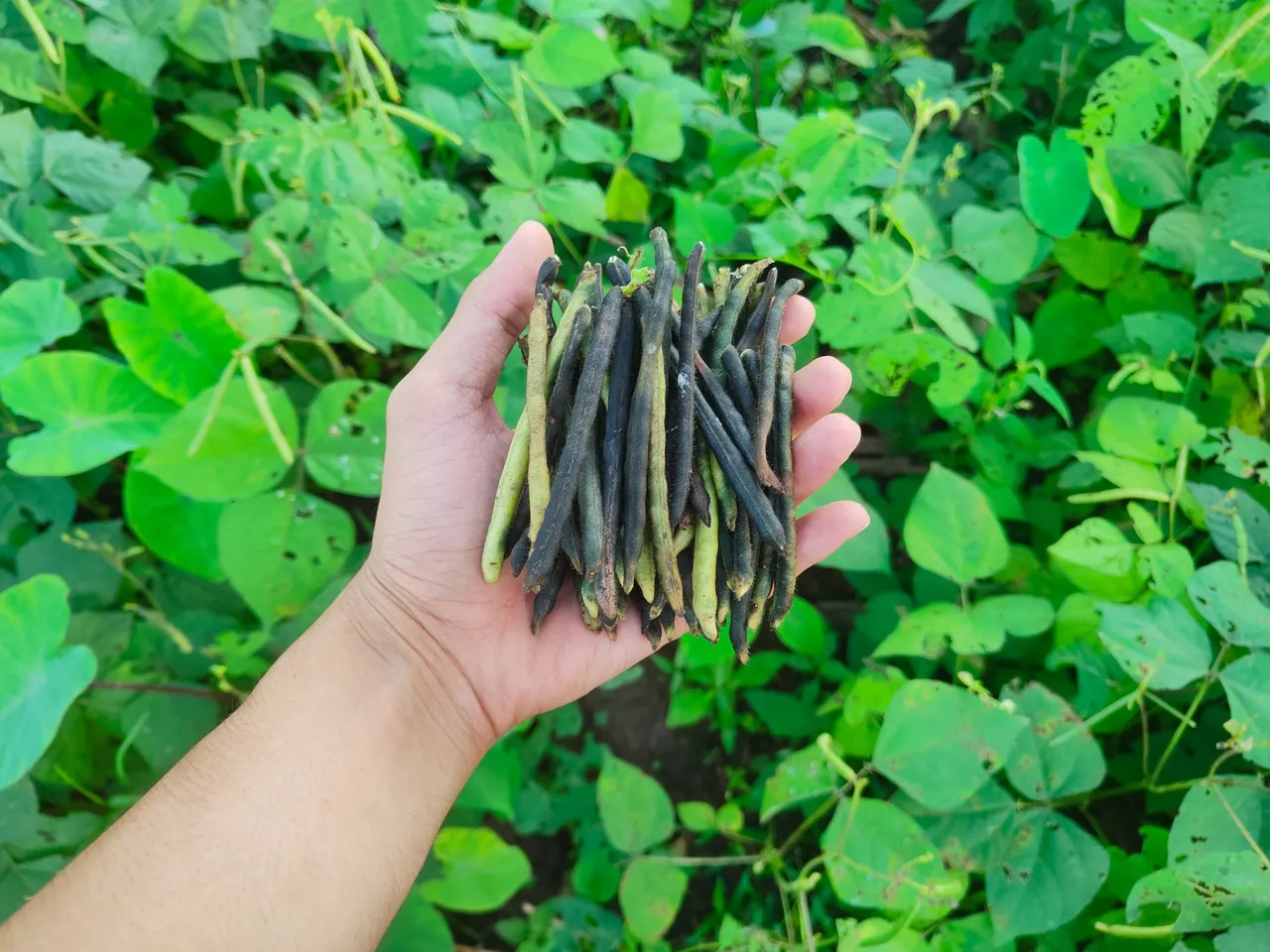
Before 2021 ended, I started receiving subtle apprehension and lowkey discrimination in the workplace, but not from my main colleagues. I tried to find for help and support, but I ended up resigning to avoid further issues.
By February, I became full time into gardening again and started building a food forest and made a permaculture garden in the heart of it.
I have shared most of my progress including all the trials, errors, and also the successes. Along it were learnings and also sharing some techniques that worked in the food forest.
Growing Nitrogen-Fixing Trees and Plants
The plants that put Nitrogen back to the soil is in multitude, but mostly comes from the Fabaceae or the legumes, pea, and bean family of plants.
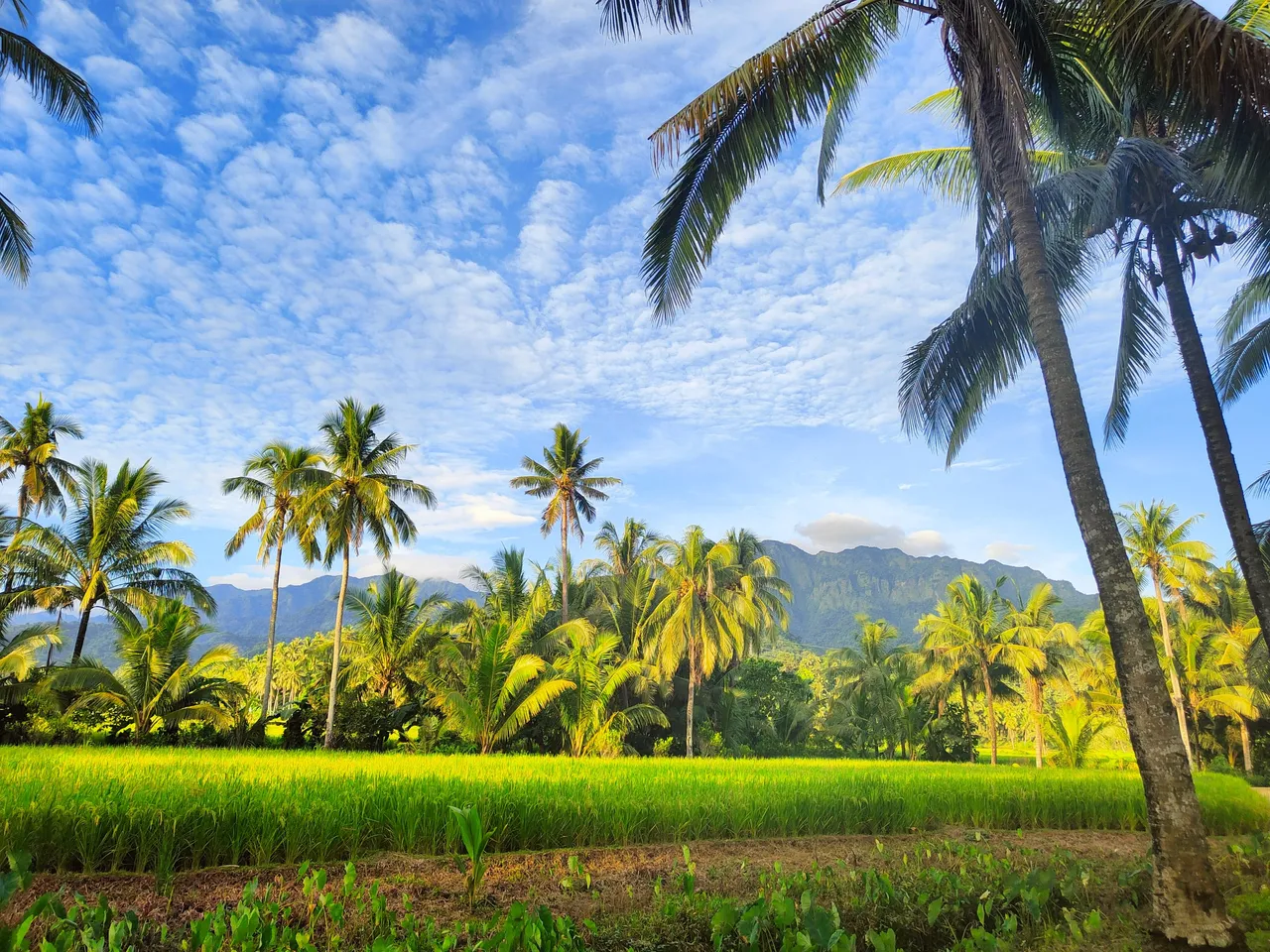
I was introduced to this because my father is a Forestry graduate and worked in the reforestation of Leyte, Philippines. He has shared how his friends would memorize all possible tree species found in the country just by looking at its leaves or bark, or through its other properties including colorations and scent.
It is a varied family of plants such as trees, shrubs, and other smaller plants, you can read more on Wikipedia or get additional sources online as I am not an expert in forestry or botany.
My opinions on other hand are based on my father's wisdom and experiences in his field work.
Since the property where I am building a food forest is smaller, I am skipping giant trees even if it can be super beneficial in the very long run. I am focusing on trees that are easily propagated and grows fast such as Moringa, Leucaena, and Gliricidia.
Nitrogen Fixing Trees
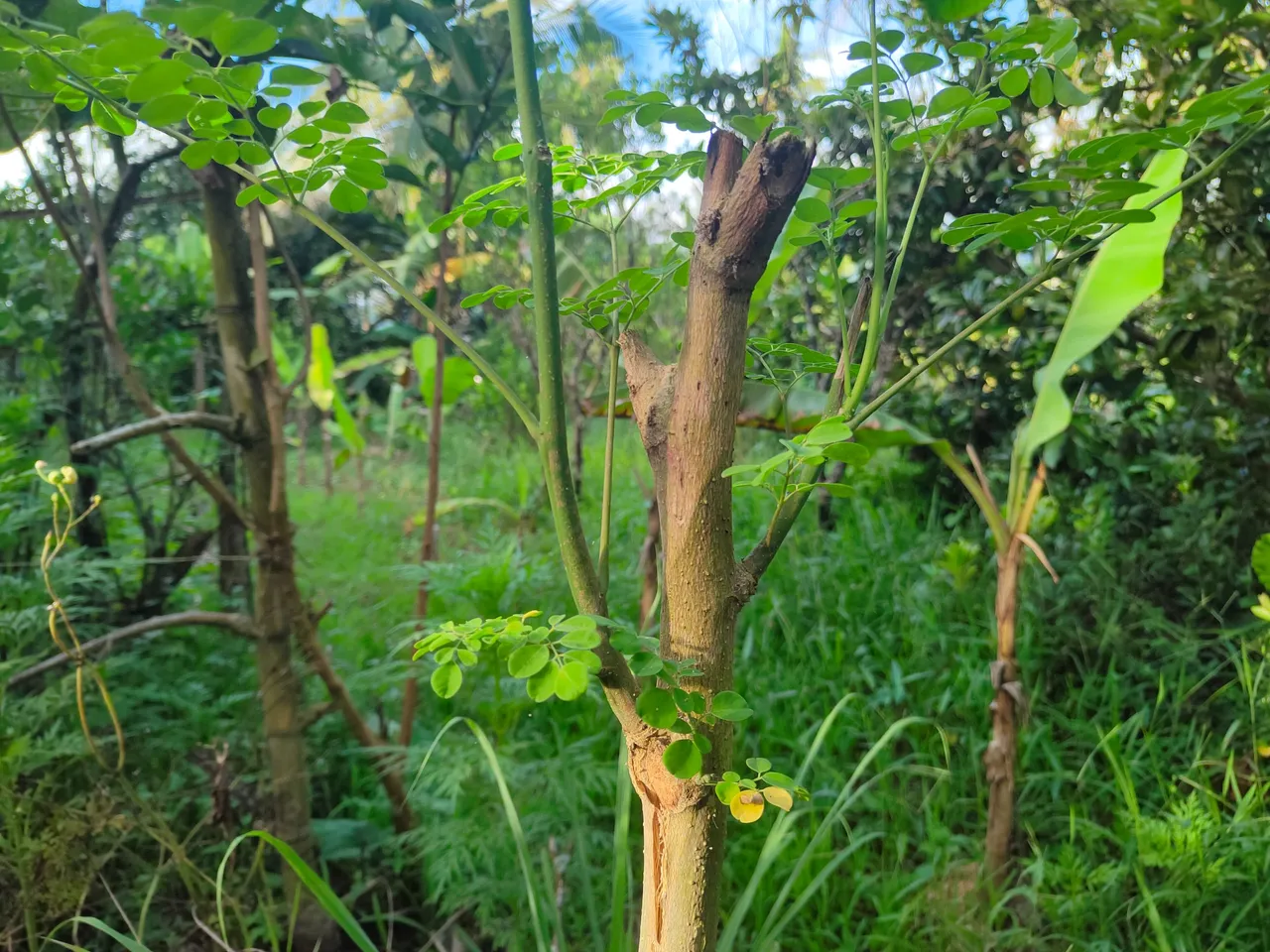
All plants contain nitrogen, but Nitrogen Fixers produces more. As their roots grow deep into the soil, along with some microorganisms, it converts the nitrogen in the air into nitrogenous compounds into the soil.
The nitrogen compounds are already available, but it becomes more accessible when the plant decays as it releases the compounds stored in its roots into the sureounding soil.
Kalamunggay (Moringa oleifera) or drumstick tree, is a fast growing tree and can be propagated through seeds or cuttings. It has a multitude of use ranging from food to healing the soil.
We personally use Kalamunggay on our traditional cuisines and sometimes as balm to wounds to stop bleeding and infection.
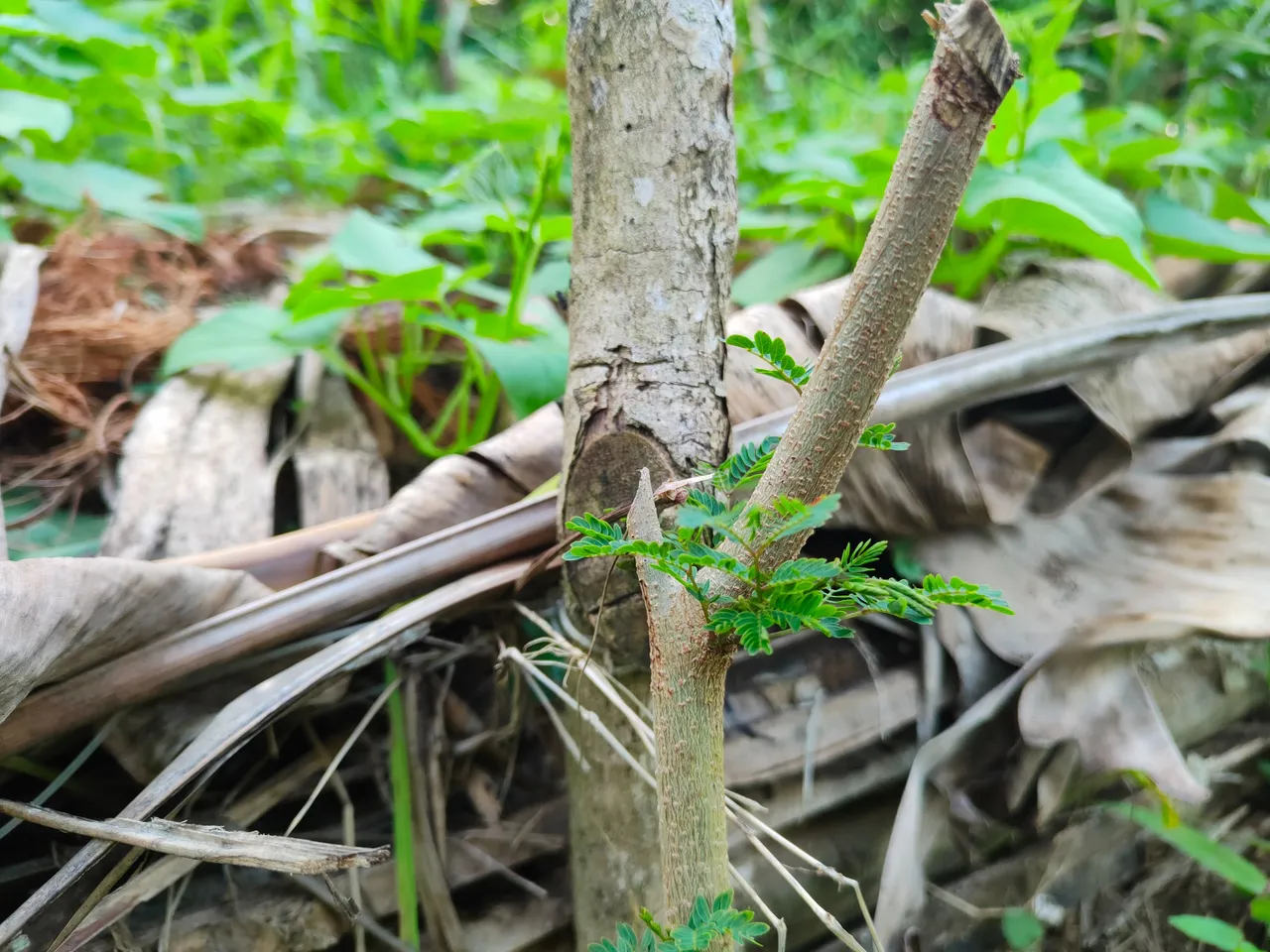
Ipil-ipil (Leucaena leucophala) or leadtree, is also a fast growing tree and propagated the same way as the Moringa. It can be grown around the food forest and pruned repetitively to be used as mulch, fertilizer, or animal food since it is high in protein.
Did you know? The young seeds are also edible and can be used for human and animal deworming. It is organic and free, no need to worry about intestinal worms especially when living sustainably beans working with the natural environment.
My mother who has knowledge in agriculture and agribusiness, would try to teach me how to formulate animal feeds, but I'm not yet interested in it now.
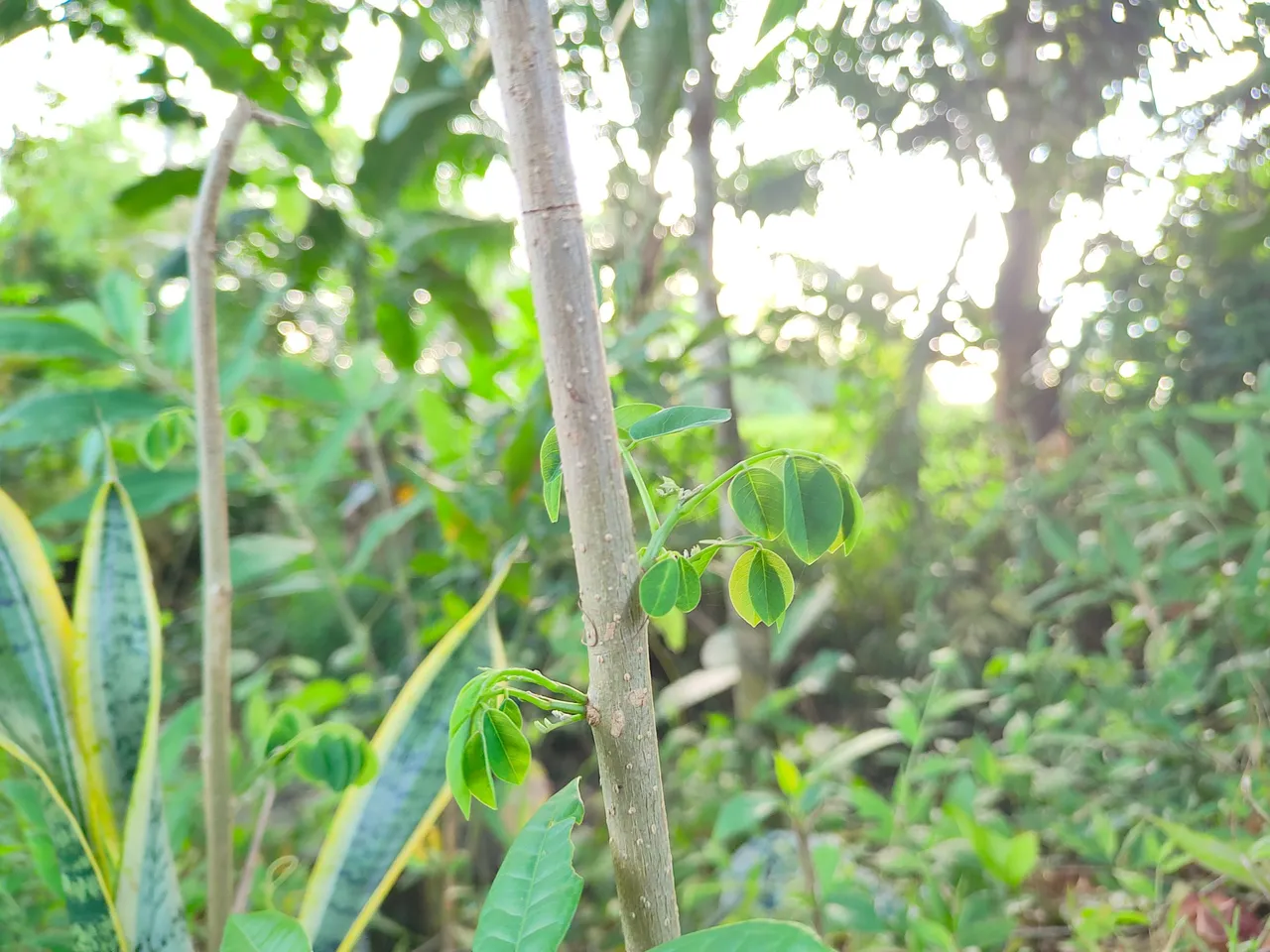
Madre de Cacao (Gliricidia sepium) is also the same with Moringa and Leadtre, fast growing and very beneficial to the environment.
Gliricidia is mainly used as natural fence posts and sometimes as fodder for goats. As it grows fast, it can also be pruned and used for augmenting the soil with its beneficial nitrogenous compounds and organic materials.
More Nitrogen Fixers
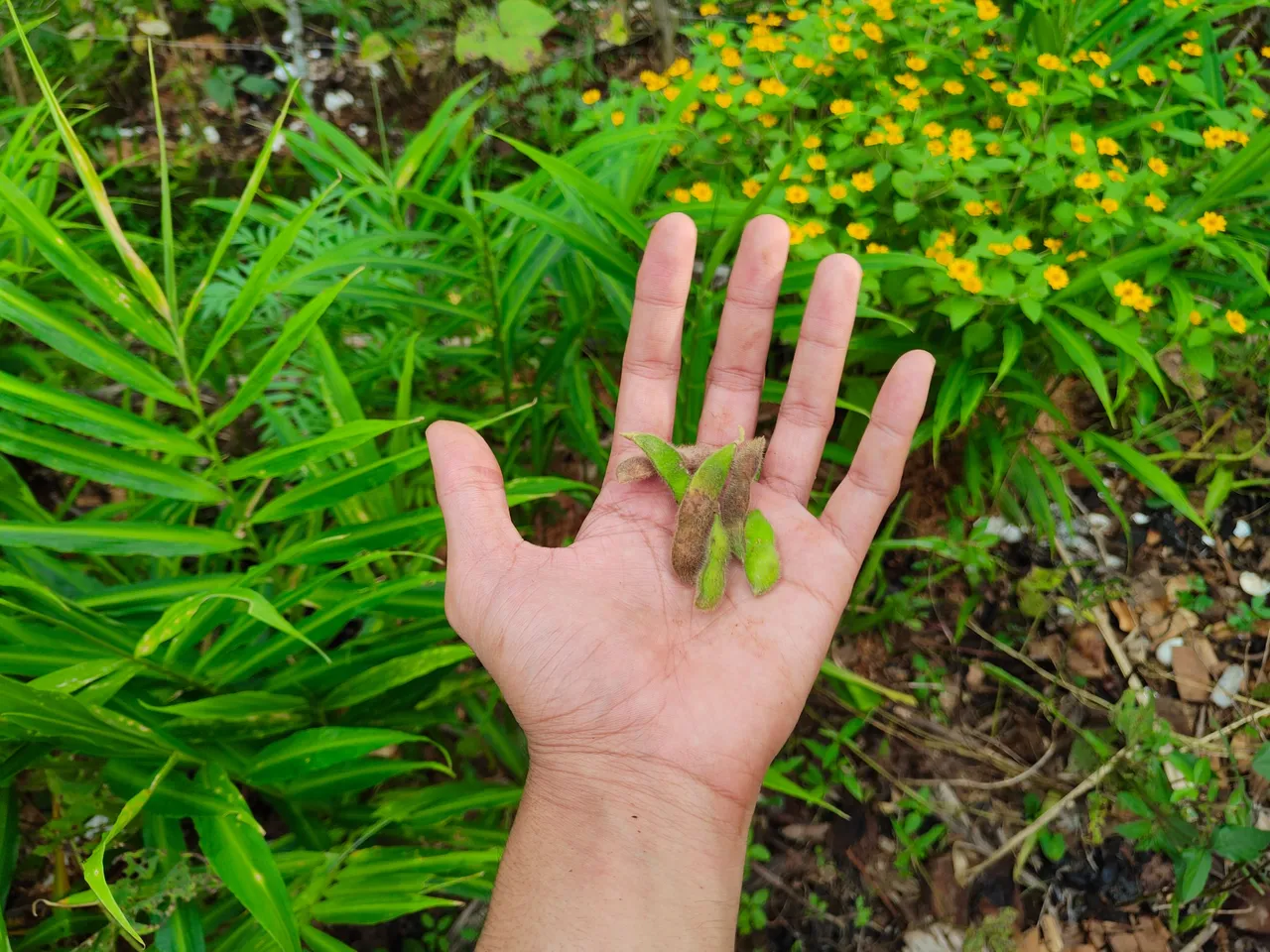
Aside from trees, a lot of common crops are also benefiting the soil as we grow it for food.
So far, I have been growing mung beans, soybeans, string beans, common beans, and turnip beans. Looking forward, I want to successfull grow cowpea, snow peas, fava beans, and more!
Among all beans, my major bean crop is the mung beans which I routinely use as living mulch over the permaculture garden and now alongside the young fruit trees in the food forest.
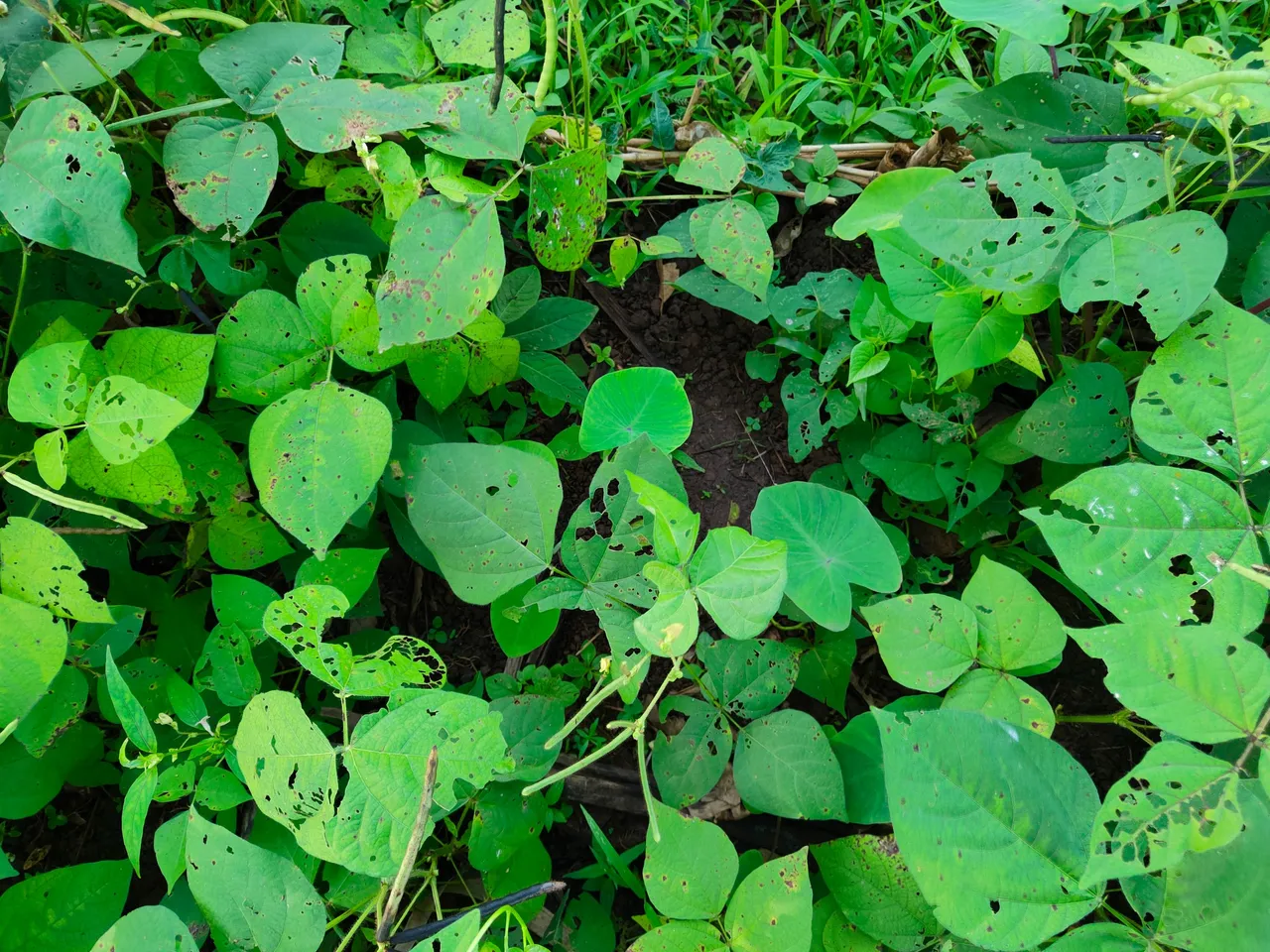
Growing mung beans and letting it grow more volunteers, allows more hardy varieties to populate in the food forest with less human intervention. I get a week-long daily harvest for each batch, it can be dried for long-term storage and is great in bean strews.
I have also populated two varities of Pinto peanuts or 'Mani-mani' inside the food forest, slowly it outgrows wild grasses while healing the soil. Pinto peanuts can also be used as fodder for poultry and goats.
Nitrogen fixers are not all food and fodders, some are considered as weeds and can be invasive. In our region, the common nitrogen fixing weeds include the beloved Mimosa pudica or sensitive plant, vines, and other annual plants.
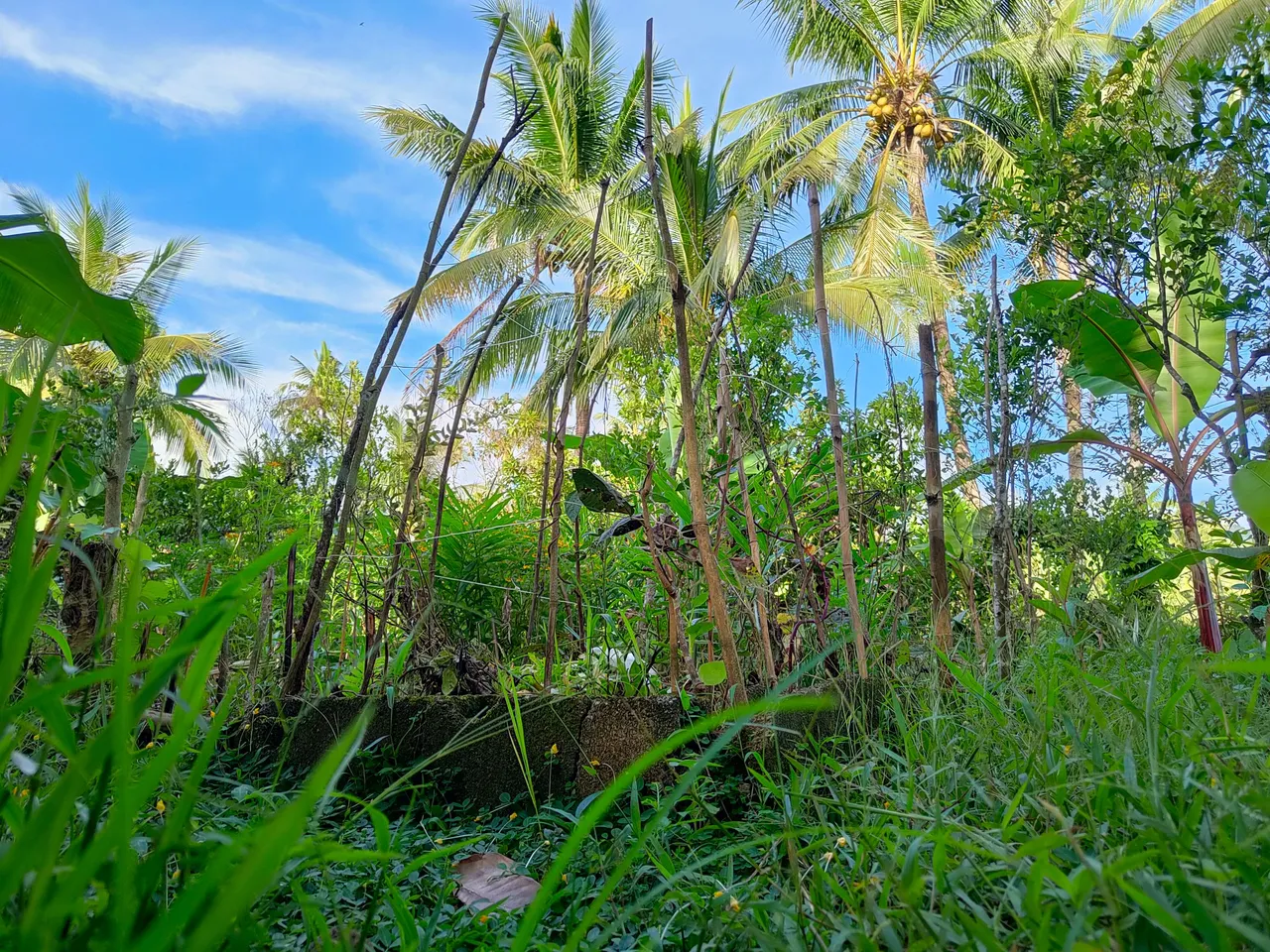
The nitrogen fixing weeds are not a problem at all as they are manageable, it is only the grasses that are grows like crazy and exhausting the soil from nutrients.
How about you, what nitrogen fixers are you growing in you garden? Share in the comment section down below! :)
PINNED POSTS
 | Clearing the Damage After the Storm Instead of falling into anxiety, I took time to make use of what the storm had given. |
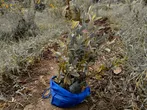 | Building Abundance with More Fruit Trees Amid the Economic Turmoil This year, I planned to initially plant 100 trees wherever possible until the year ends. |
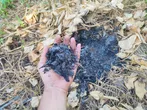 | Using Saltwater and Fire to Heal a Permaculture Garden Plant debris becomes natural mulch and organic matter. |
 | Harvesting Cucumbers After a Year of Labor As crops mature, harvest season began as well. |
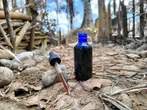 | Fermenting Fish Amino Acid for the Garden Crops It would be a sin to throw away such things, even the food scraps I turn it to compost now. |
 |  |  |  |  |  |  |
|---|

About Me
@oniemaniego is a software developer, but outside work, he experiments in the kitchen, writes poetry and fiction, paints his heart out, or toils under the hot sun.
 | Onie Maniego / Loy Bukid was born in rural Leyte. He often visits his family orchards during the summers and weekends, which greatly influenced his works. |

Donate with Crypto
Bitcoin 34hdQNHHFUodqegi2wwNeNw2p35ewvnaXQ
Ethereum 0xd36126ab2463c3404cca1c97d8f3337917dfd113
Not yet on Hive? Earn while blogging.
Sign up with PeakD | Ecency